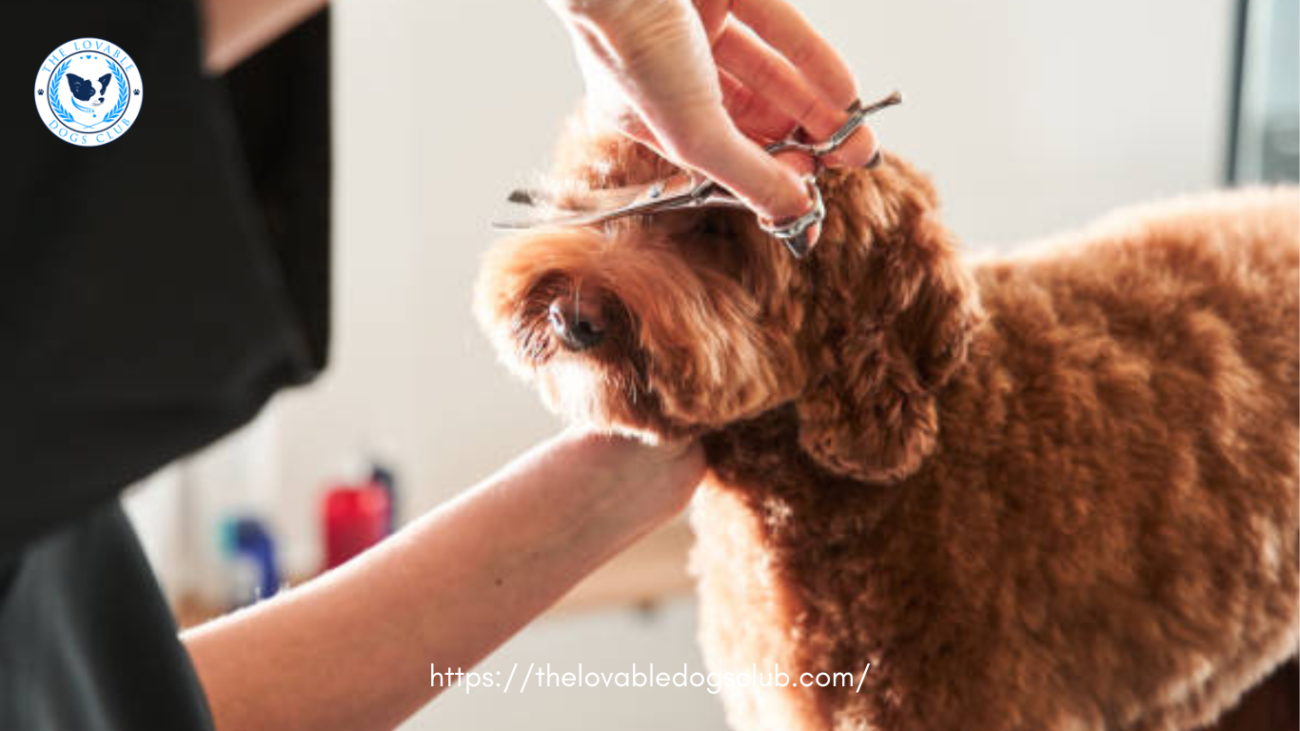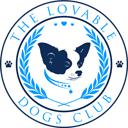Most dogs have aggressive behavior, which proves a challenge for the owners and families. Aggression is natural with wild animals protecting territory or young but has become a problem when expressed in domestic pets. Coping aggression, especially during Grooming after adopting the animals as companions, was very important. This post will explain some reasons behind aggression in dogs during Grooming and suggest how to make the experience less stressful. This, therefore, calls for effective training of dogs to manage aggression and reduce it to a manageable level, ensuring that man lives with his loyal friend in harmony.
Recognizing Aggressive Behavior in Dogs
Understanding dog aggression essentially entails identifying certain warning signs. Such signs include growling, barking, snarling, standing with the ears erect while holding the tail high and moving it stiffly from side to side, snapping. Aggressive dogs may also display displacement behaviours such as lip licking, sniffing, chewing or licking when they feel apprehensive or fearful. A timidly aggressive dog may also present more white in the eyes, trembling of the body, and submissive body postures such as looking away, dropping head or body position, and tucking the tail between the hind legs.
Identifying Triggers of Aggression
Fear aggression is a common phenomenon in dogs not used to being with pet groomers. The clearest signs of anxiety may be the dog’s reluctance to look it into its eyes and tendency to show submissive body language. Fear aggression could have several reasons that cause natural anxiety or, for example, due to inadequate socialization during puppyhood. Some dogs react to frightening situations with aggression to escape perceived threats.
Sudden Changes in Behavior
Even dogs that were not aggressive to a groomer before may manifest sudden aggression because they might be ill or uncomfortable. If your dog displays sudden aggression, it is essential to consult a veterinarian to evaluate underlying health problems. Modifying an aggressive behavior should come after knowing the root cause.
Aggression Due to Past Experiences
Some dogs develop aggression from past traumatic experiences, such as abuse or neglect that might have occurred around children. Such dogs are generally nervous about having human contact and require cautious handling to gain their confidence. Slowness and calmness with the dog help it trust people again and overcome its fear-based aggression.
Challenges in Grooming Aggressive Dogs
Grooming of aggressive dogs will always be risky to the groomer and the dog being groomed. An aggressive dog is less likely to sit still during grooming activity, hence more accidental injuries through sharp grooming equipment like shears. Besides, a fighting dog can bite the groomer and present a severe safety that may end up killing or terminating their grooming career. This is the reason most groomers charge extra fees for handling aggressive dogs.
Aggression might not come out in some cases until the grooming process has begun, thus putting the groomer at risk. It’s, therefore, essential to let your dog’s groomer know if your pet has, at any given time, shown signs of aggression towards any groomers in the past. Honesty is essential in securing the safety of the dog as well as that of the groomer. By explaining how your dog behaves, utions can be taken to prevent injuries. Some people might get turned down by more than one groomer because their dog is neither friendly nor aggressive. In such instances, honesty is the best policy for finding a suitable groomer to work with your dog.

How to groom an aggressive dog?
Find the happy how-to you’ve been looking for your four-legged friend! Coming to terms with Grooming is a multi-faceted task designed around characteristics peculiar to your dog. Let’s plunge into the main course of action.
Commence the grooming journey early.
Ideally, we would begin grooming our pet between 10 and 16 weeks. This early start helps your puppy become familiar with the sights and sounds of the grooming experience. Then it won’t be considered a punishment, but rather a natural process in his life, hopefully a delightful one!
Bringing in a one-year-old dog with grooming experience will probably result in more aggression than one who does this often.
If you adopt an older dog, begin the Grooming as soon as possible to regularize and develop a relationship with the groomer. When you choose a consistent groomer, your pet is safe. At Grooming Girls, we treat each pet as our own, striving to make the experience enjoyable.
Alleviate the anxiety.
Your goal is to have your dog stay calm throughout the grooming session. The whole ritual of Grooming should proceed in such a way as to convince your dog that there’s nothing scary going on. Introduce physical contact gradually, and desensitize your dog this way. Praise and treats all along go a long way.
Employ positive reinforcement.
Positive reinforcement is a great training tool that teaches your dog that Grooming can be fun.
First, figure out what turns on your four-legged friend. People have different likes, but dogs respond differently to other rewards. If you’re a groomer, consider asking the owner or experimenting cautiously (though be cautious with aggressive dogs). Most dogs find treats exceptionally motivating.
Introduce your dog to grooming procedures.
At Grooming, we do not start grooming once he comes on his first visit with a haircut. He is instead introduced to what will happen – bathing, nail trimming and intro of scissors and clippers. Our ultimate goal is to bait the dog before any grooming activities that may be challenging. Rewards for looking and sniffing, thus making good associations.
Short, frequent grooming sessions
When introducing a dog to the grooming process, we recommend bringing him in every two weeks for that bath until he is ready for that haircut. Meanwhile, we introduce our cutting tools and run them over the dog’s entire body as a reward for good behavior. The haircut itself can come later.
Owners of potentially aggressive dogs should appreciate that it is an investment in time and resources to build trust with the groomer. However, maintenance of hygiene is essential for your dog’s well-being.
Tools for grooming aggressive canines.
And now that your dog is in a strange grooming environment, it’s equally important for the groomer to be safe. Using long-handled grooming tools keeps the groomer at an appropriate distance, lessening bite risks during the process. Muzzles can be a great tool, but their proper use is vital. They have to be fitted correctly so they do not inflict any more pain on an already frightened or aggressive dog. It is also essential that the muzzle permits a dog to pant, take treats and drink water while not being put on for long durations.
Although groomers can use other measures available, muzzles should be used as a last resort, and efforts should be made to create positive grooming experiences whenever possible. Further securing the muzzle of an aggressive dog with combs will also help prevent bites. You can lead the dog’s muzzle away by gently combing its facial hair, avoiding bites.
Using a restraint during the Grooming process is normal because dogs usually become fearful or aggressive. This prevents the dog from injuring itself when sharp equipment is used for Grooming and keeps it still.
Utilizing an Assistant for Safe Dog Grooming
An excellent safety strategy for dog grooming is the technique of one groomer holding the front end while another focuses on the rear and another part. With such a two-fold approach, both the dogs and groomers are safe. While attempting to be friendly with the animal, keeping him warm and at ease is essential. The assistant may not compromise but should always do his best not to make the dog feel scared during sessions.
Maintain Confidence, Calmness, and Positivity
Dogs are great readers, and they read your feelings like books. One must have confidence and stay calm to show that nothing bad is happening. Let aggression not rule how a session will flow. Cutting the session because of aggression might teach the dog that aggression works in stopping grooming activities. Always end the sessions with praises for good behavior.
Keep Sessions Brief and Stay Calm
Especially in the beginning, keep grooming sessions short until the dog gets used to it. And if you feel stressed, take a step back, breathe deeply and try to relax before continuing. Your calm demeanor is essential in managing the dog’s behavior effectively.
Conclusion
Grooming aggressive dogs poses challenges, but grooming sessions can be conducted safely with proper precautions, knowledge of techniques, and the right tools. Understanding the root cause of aggression allows for appropriate adjustments and behavior modification. Tools such as grooming tables with restraints, muzzles, and long-handled instruments are invaluable. Additionally, having an assistant and mastering secure holds is essential to prevent injury to the dog and groomers.

